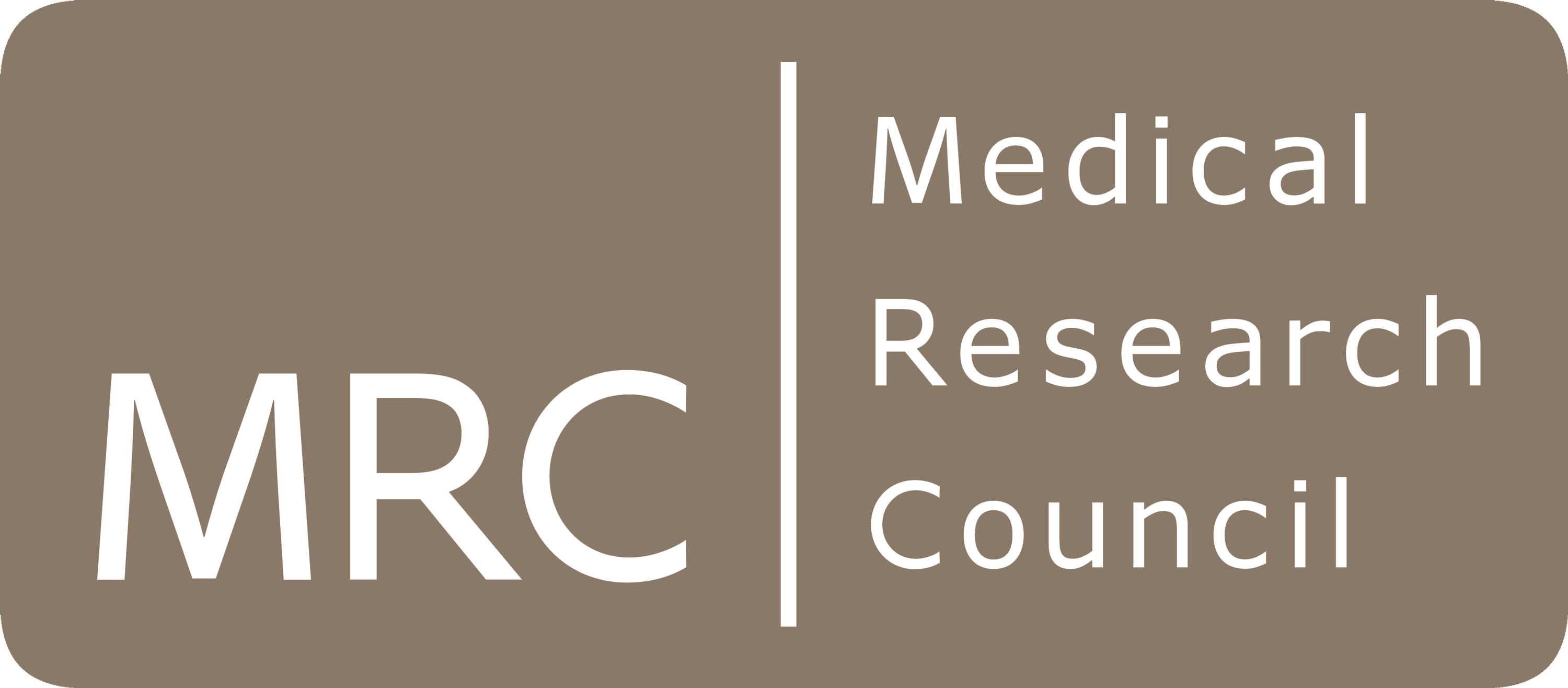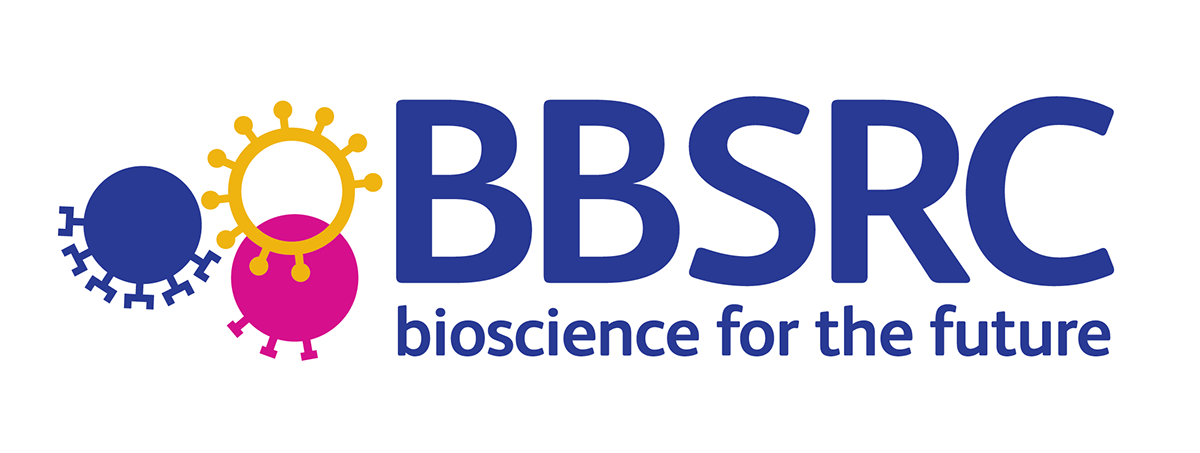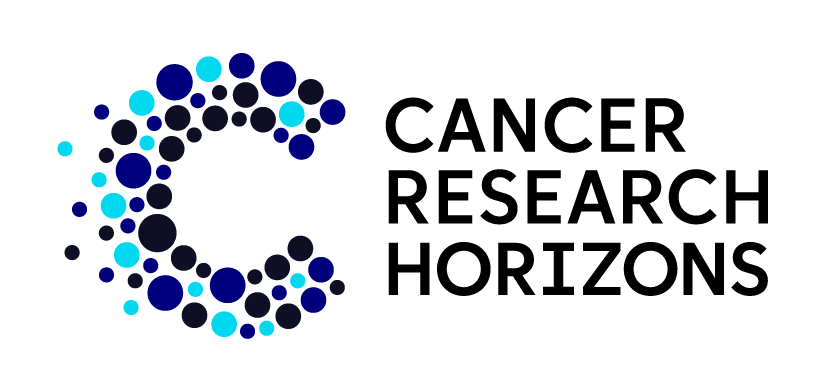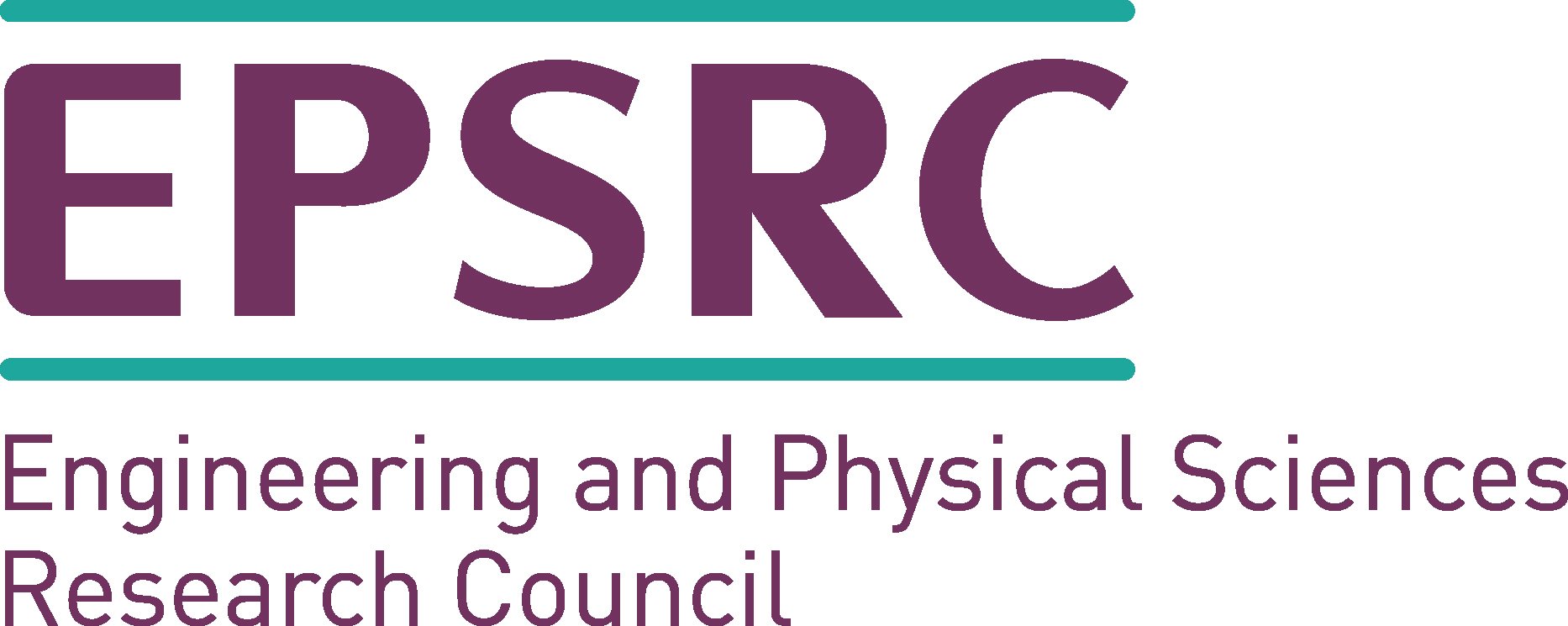News
New Paper – Factors affecting irreversible inhibition of EGFR
Commun Chem 8, 111 (2025)
DOI: 10.1038/s42004-025-01501-6
https://www.nature.com/articles/s42004-025-01501-6
Pasquale A. Morese, Ayaz Ahmad, Mathew P. Martin, Richard A. Noble, Sara Pintar, Lan Z. Wang, Shangze Xu, Andrew Lister, Richard A. Ward, Agnieszka K. Bronowska, Martin E. M. Noble, Hannah L. Stewart* and Michael J. Waring*
The discovery of targeted covalent inhibitors (TCIs) is of increasing importance in drug discovery as they offer numerous advantages such as exhibiting significantly increased binding energy, often by irreversible complex formation, hence reducing the effect of competition for endogenous ligands. However, optimizing TCIs presents distinct challenges. It is crucial to modulate the reactivity of the covalent warhead such that it can react with the target protein but is not so high that it reacts indiscriminately with other endogenous nucleophiles.
A fluorescent probe displacement assay for the EGFR active (ATP-binding) site was used as the primary assay to explore small differences in non-covalent affinity and for structure-reactivity-activity relationship (SAR) analysis, including matched molecular pairs, for a set of poziotinib analogues. This showed that a simple fluorescent probe displacement assay that is appropriately tuned in respect of timing and reagent concentrations can reveal structural effects on all three factors: non-covalent affinity, warhead reactivity and geometry. These effects include the detection of potency differences between an enantiomeric pair that differ greatly in their activity and their capacity to form a covalent bond. This difference is rationalised by X-ray crystallography and computational studies and the effect translates quantitatively into cellular mechanistic and phenotypic effects.
The findings highlight that elucidating non-covalent SAR and selectivity is clearer when working with less reactive warheads, as seen in this study. If transferable to future projects, it would be beneficial to focus on compounds with reactivity similar to drug-like acrylamides. Not only are acrylamides proven to deliver efficacy in vivo, but their reduced reactivity also provides a clearer SAR. For projects involving more reactive warheads, it would be advantageous to modulate their reactivity into this optimal range at an early stage.
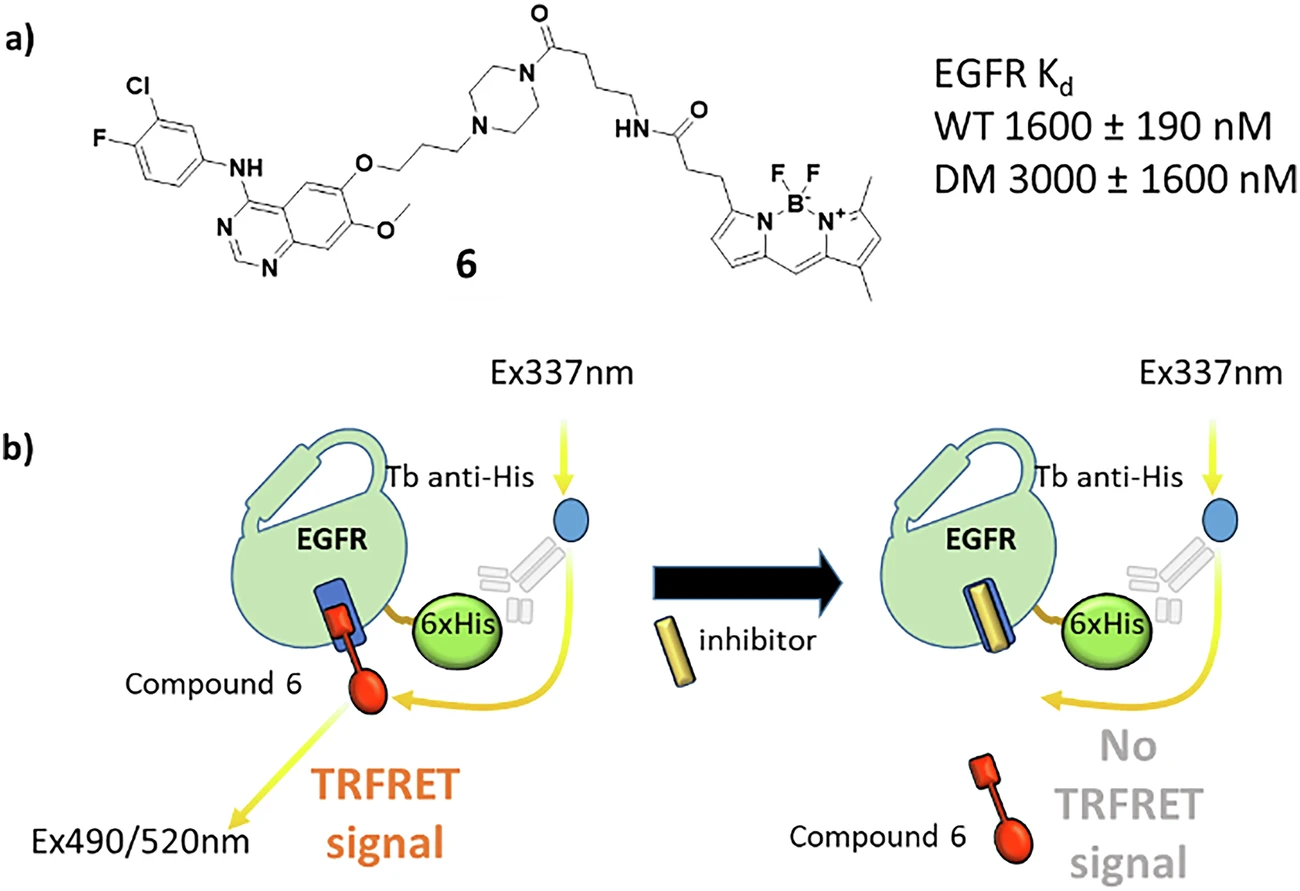
Development of the TR FRET based probe displacement assay. a Gefitinib derived fluorescent probe 6; (b) Schematic overview of the assay.
Last modified: Tue, 15 Apr 2025 14:39:09 BST

